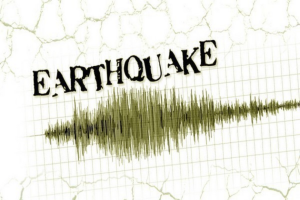Ambient noise is the background noise that reaches the human ear like the natural soundtrack of the world we live in. Those consist of the hum of traffic, chirping birds, rustling leaves, distant conversations or the gentle patter of steady rain.
While low levels of ambient noise can easily be tolerated, any noise at a sufficiently high volume can have adverse effects on anyone exposed to it, even if they are not directly paying attention to it.
What is white noise?
White noise refers to noise that is produced by combining all audible sound frequencies. Consider the imaginable tones that a human can hear and mash them together, you would have white noise. If you look at it through a spectral analyzer, you can see flat spectral density. You can hear white noise in music, especially in percussion. White noise is a combination of all of the different frequencies of sound.
What is a pink noise?
Pink noise emphasizes lower frequencies. It has a rumbling or rushing quality. It is often compared to the sounds of ocean waves or rain. Pink noise focuses more on the lower end of the sound spectrum. It encompasses a vast array of natural sounds, including leaves rustling, falling rain, and ocean waves.
Compared to white noise, which is often attributed to the hum of air conditioning, whirring fans, or static, individuals have observed that pink noise is a better choice for concentration and sleep.
What is a brown noise?
Brown noise resembles a scale where the frequency gains more momentum and power as it goes down.
This drop-off of power at higher frequencies produces deeper sounds, like a low, distant rumbling or a steady wind.
Brown noise is made up of low-frequency bass tones and decreases by 6dB per octave, giving it a much stronger power density than pink noise.
SNS










